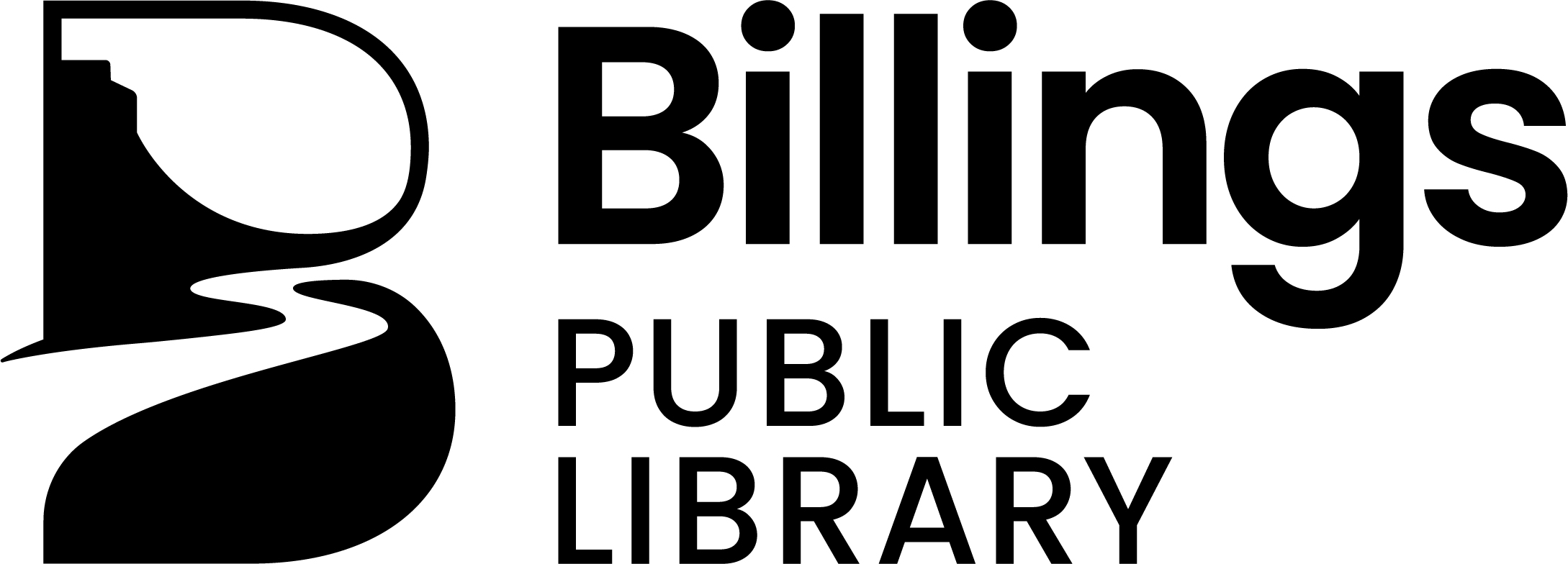Program Type:
PresentationAge Group:
EveryoneProgram Description
Event Details
It may be no coincidence that the first image of a black hole looked an awful lot like a donut. First noticed in astronomical observations in 1964, scientists have been unlocking the secrets of black holes for more than 60 years, in part thanks to their very bad habits at the dinner table. Black holes can be greedy, cannibalistic, chew with their mouths open, and be very messy, or even refuse to eat, and all those table manners (or lack thereof) are what scientists look for to not only help them identify black holes in different types of light, but also to better understand them.
Speaker Bio:
Amy C. Oliver, FRAS, is the Public Affairs Officer and Science Center Manager for the Fred Lawrence Whipple Observatory, the largest field site of the Center for Astrophysics | Harvard & Smithsonian, and am a senior instructional specialist for the University of Arizona's Mt. Lemmon SkyCenter. Amy is a light pollution scientist whose research focuses on monitoring, analyzing, and mitigating light pollution and its impacts on observatories and the environment. She has served as a NASA/JPL Solar System Ambassador since 2016, where she is a founding lead of the Spanish education subgroup. Amy's astrophysics and astronomy career has also included work for NOIRLab, NSF's National Radio Astronomy Observatory, and the Atacama Large Millimeter/submillimeter Array (ALMA). Prior to formal astrophysics, Amy served as a marketing and education associate at Utah's Clark Planetarium. She holds a bachelor of science degree from the University of Lousiana at Lafayette and a Master of Arts from the University of Oklahoma. She is presently in preparatory work for a PhD in science communication and environmental science.
This event is sponsored by the Yellowstone Valley Astronomy Association.
